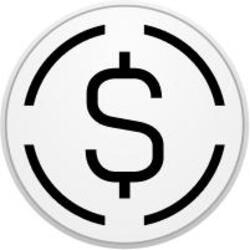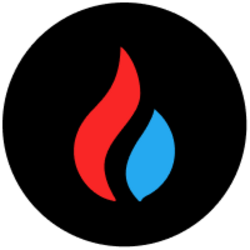King Penguins contemplating the snow on Heard Island, Antarctica.
Vw Pics | Universal Images Group | Getty Images
U.S. President Donald Trump’s aggressive and far-reaching “reciprocal tariffs” were signed into effect on Wednesday, hitting over 180 countries, ranging from major trading partners to remote islands.
The newly elected White House leader unveiled a raft of levies on April 2, marking the date as “liberation day,” and set a baseline tariff of 10% on goods imported to the U.S. across the board.
Key trade partners absorbed some of the steepest tariff rates from 34% on China, 20% on the European Union, 46% on Vietnam, and 32% on Taiwan.
Trump and the White House shared a series of charts on social media detailing the tariffs applied to each country affected. Strikingly, near the end of the list were a series of remote uninhabited Australian islands, offshore territories, and even a military base.
Heard and McDonalds Islands
An external Australian territory, the Heard and McDonalds Islands, are located 4,100 km from Perth in Western Australia and 1,700 km from Antarctica.
The territory is considered one of the remotest locations on earth with “rare pristine island ecosystems,” according to UNESCO World Heritage Convention, and it is populated by a number of species including flying birds, penguins, seals , and invertebrates.
To reach the islands, it takes a two-week boat voyage from Perth — meaning visits are rare.
Despite having no economic activity, Heard and McDonalds Islands were hit with 10% tariffs on Wednesday.
Norfolk Island and Cocos Island
A number of other Australian territories were barraged with tariffs, including Norfolk Island with a population of nearly 2,000 people; Cocos Island, with a population of just 544, and Christmas Island which is populated by 1,692 people.
Norfolk Island was hit with some of the highest duties of 29% — despite Australia only facing 10% levies. The U.S. is one of its top trading partners, with 31% of its exports heading to the States, according to the CIA. Meanwhile, Cocos Island and Christmas Island are facing 10% tariffs.
“Norfolk Island has got a 29% tariff. I’m not quite sure that Norfolk Island, with respect to it, is a trade competitor with the giant economy of the United States, but that just shows and exemplifies the fact that nowhere on earth is safe from this,” Australian Prime Minister Anthony Albanese said, according to The Guardian.
British Indian Ocean Territory
The British Indian Ocean Territory is an overseas British territory with no permanent population, but its largest island, Diego Garcia, has a joint U.K.-U.S. military facility inhabiting about 4,000 people — mainly consisting of military personnel.
The territory is a major exporter of fish, with the U.S. being a top destination, according to the Observatory of Economic Complexity.
It’s been hit with 10% tariffs.
Réunion
A French overseas territory in the Indian Ocean, Réunion, is facing staggering duties of up to 37%, while the European Union has been hit with tariffs of 20%.
Réunion has a population of roughly 882,000, per the latest data.
Tokelau
Tokelau, a dependent territory of New Zealand in the Southern Pacific Ocean, has a population of just over 1,600, per the CIA — and is facing 10% tariffs.
The region is made up of three coral atolls — Fakaofo, Atafu, and Nukunonu — and is not an easy place to get to, with no harbors, ports, or airports. Travelers would have to take a ship from Samoa, which runs every two weeks, and undertake a journey of roughly 24 to 36 hours.












































